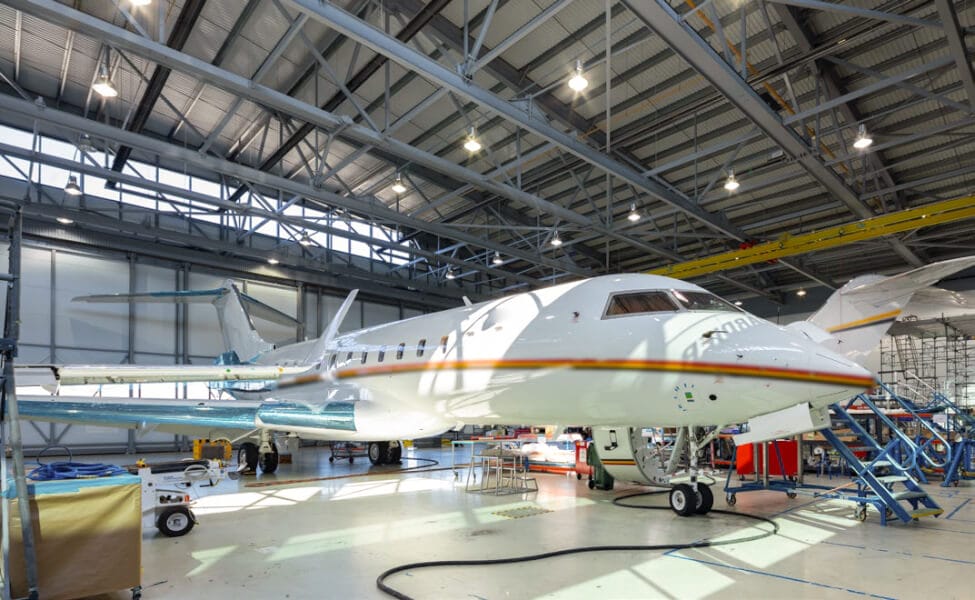In the aviation industry, various facilities and services are provided to aircraft and their personnel. In both the commercial and non-commercial sectors of aviation, there are facilities known as FBOs and MROs which fulfill different services for operators and aircraft owners.
Known as a Fixed Base Operators (FBO), FBOs generally provide services to General Aviation (GA) aircraft at an airport. General Aviation aircraft are operated generally for non-scheduled private flights, which are usually chartered by a small group of private individuals or an organization.
An FBO can comprise several functions and features depending on size and location; with major FBOs generally offering an extensive range of services to aircraft. The most common examples of such services include:
- Aircraft Refuelling
- Aircraft Marshalling
- Passenger and Crew Transport to/from the Aircraft
- Aircraft towing or pushback
- Delivery and/or production of catering to the aircraft
- Provision and operation of a dedicated General Aviation Terminal (GAT) for passengers and crew
- Hangars for Aircraft
- Lavatory and Water Servicing for Aircraft
While these services would be considered the primary features of an FBO, there is also an operational element to an FBO. In an FBO operations center, personnel will communicate with aircraft operators, airport stakeholders, and other pertinent service providers who are involved in GA operations. This ensures GA operations are coordinated in an effective and timely manner.
The difference between FBOs and scheduled commercial airline operations is that the business model of an FBO is to accommodate specific operations for private aircraft. These specific operations are generally not conducted on a regular schedule or basis, unlike scheduled commercial airline operations that focus on an airline’s fixed schedule.

Another term often encountered in the aviation industry is MROs. MROs – which stands for Maintenance and Repair Organisation, perform scheduled and non-scheduled maintenance and services to aircraft and their pertinent components.
While there are subdivisions of MROs that provide maintenance to specific aircraft and/or components, this is a general overall definition.
The majority of MROs focus on heavy maintenance, in which the aircraft is placed in a hangar for major maintenance checks or for repairs. During these checks, aircraft are generally idle from several days to several weeks. Aircraft components are taken off or dismantled and are sent for inspection, diagnosis, and repairs/replacement if needed.
Also Read: Nutcracker System – Gulfstream IV/V
Difference Between an FBO and MRO
The difference between an FBO and MRO is that an FBO provides servicing for in-service, operational aircraft on the ground while MROs provide extensive maintenance and servicing to aircraft which have been taken out of operation for scheduled or non-scheduled maintenance checks.
While these two terms are standalone – in that they both provide different services, there are hybrid examples. These hybrid examples include a mixture of both FBO and MRO activities. However, in most circumstances, it is most common to find FBOs that offer a portion of MRO-oriented services within the same organization.

At airports that have major GA operations, these hybrid models are often incorporated into the existing FBO business model. This can be a lucrative additional source of revenue for FBOs that already experience demand for services, with the knowledge that existing market demand will involve the necessity for private GA aircraft to require maintenance.

After visiting more than 60 countries, I have probably been on every type of plane there is and visited countless airports. I did my very first international solo trip to South Africa at the age of only 16 and haven’t really stopped traveling since.
Despite the adventurous travel itch, I do have a nerdy side as well – which is satisfied by writing about all things aviation “too boring” for my regular travel blog.
